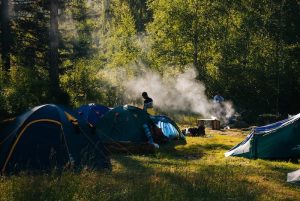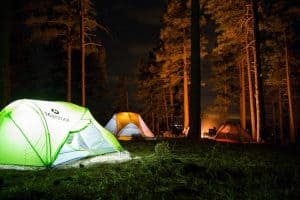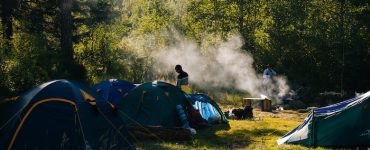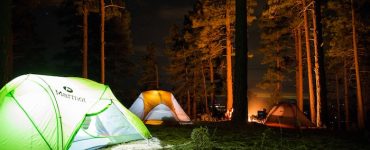If you have gone camping in the past, you know that this is not a cheap affair. After all, most camping sites these days come with high price tags even if you use your own equipment.
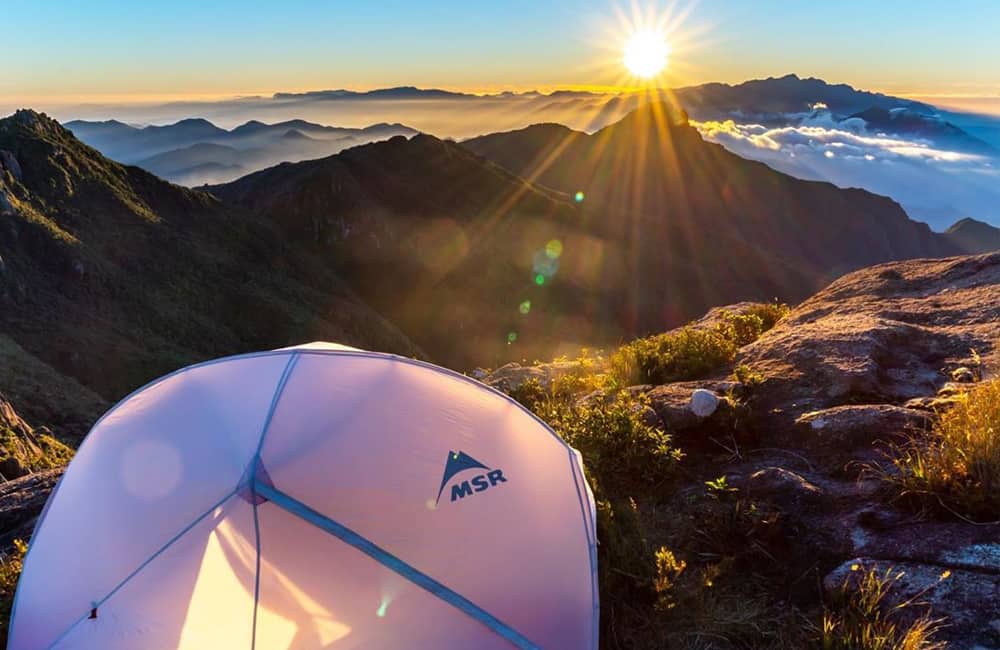
On top of that, it can also be quite stressful to stay in a place where you are not even sure if camping is allowed. Your night can turn out sleepless if you pitched your tent and built your fire unsure if it against the law or not.
But, it doesn’t mean that you should deprive yourself of the fun of camping. If you are worried that rising fees will ruin your camping adventure, make sure you know where to camp for free in the US and Canada for your ultimate peace of mind!
Bureau of Land Management Camping
Some of the best free camping in Texas, Arizona and in Oregon (as well as much anywhere else out West) is going to be found on Bureau of Land Management properties.
Though Bureau of Land Management properties are found throughout the entirety of the United States they are most commonly found out West and provide individuals an opportunity to enjoy dispersed camping for up to 14 days at a time without any permitting and without any expense.
Best of all, Bureau of Land Management properties are perfectly fine with you camping from your car, from your pickup truck, from your fans, trailers, or RVs – and of course are more than happy to welcome anyone that wants to pitch a tent or hang a hammock as well.
The only tough thing here about using Bureau of Land Management to find great free camping in Texas were in Arizona is that a lot of these properties are pretty dry, pretty warm, and have mostly desert ecosystems.
On top of that, finding a single consolidated source or free camping in Oregon or Colorado on these lands is going to be a bit of a headache and hassle.
The Bureau of Land Management doesn’t have a lot of resources on their website to provide you with all of the free campsites they make available. Instead you’ll have to search for the regional departments of this organization (state-by-state) to get access to more detailed maps and information about what might be available at anyone particular point in time.
You should also know that while the Bureau of Land management is very friendly towards campers as a general rule, some of the more popular spots out West – in Utah, free camping in Colorado, and Arizona pacifically – can get very packed and very populated in a hurry.
Some sites on these lands will require a small fee for overnight stays (though this is quite rare) but at the very least you’ll want to expect a couple of “camp neighbors” if you’re going to be staying in some of the more popular hotspots.
Fun Outdoor Quiz
National Forests
Even though the national parks of the country emphasize land preservation, national forests have been set aside for various purposes. It means that these national forests tend to be more attractive to the eyes of campers, hunters, and even fishers.
You can often find a free camping spot in national forests. Just make sure you check with the national forest first, specifically regarding areas suitable for camping. The United States has 154 national forests so you can always plan your camping trip to include overnights in different destinations.
A few of the top national forests in the country include:
- Gifford Pinchot National Forest in Washington
- Sierra National Forest in California
- Coconino National Forest in Arizona
- Bridger-Teton National Forest in Wyoming
- White River National Forest in Colorado
- Superior National Forest in Minnesota
- Pisgah and Nantahala National Forest in North Carolina
- White Mountain National Forest in New Hampshire
- George Washington National Forest in Virginia
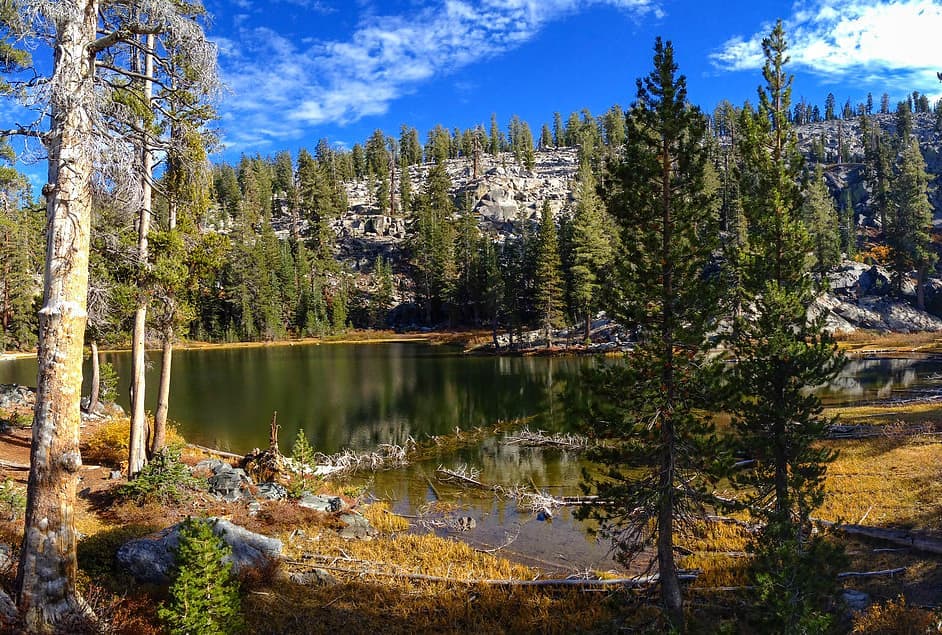
US Forest Service Land
US Forest Service (USFS) land works a lot like Bureau of Land Management properties in that they are very friendly towards campers that want to stay for up to 14 days at a time at one specific sites.
The overwhelming majority of these properties, though, are national forests and grasslands properties across the US – including some of the best free camping in Maine, Virginia, and Michigan you’re going to find anywhere.
The USFS is responsible for taking care of more than 175 national forests and grasslands properties, many of which are not obviously designated as national forests or grassland properties to begin with.
This is why it’s such a good idea to take advantage the resources on the USFS website so that you can search for these types of free camping in Maine, Florida, and Michigan options before you start your trip.
The good news here is that the USFS website also has a bit of a crossover with the Bureau of Land Management properties that they help to take care of, too. In fact, a lot of you find the USFS website to be even more useful than the Bureau of Land Management website when looking for free camping all over the country.
Canada Crown Land
Canada’s Crown Land pertains to the expansive area in the country under the government’s authority. It is free to camp for Canadian residents only. For non-residents, permits are quite inexpensive.
Thanks to the vastness of the Crown Land, there are lots of camping options that await you. These public land areas around Canada are dotted with established campsites and free campsites alike, and you are free to explore.
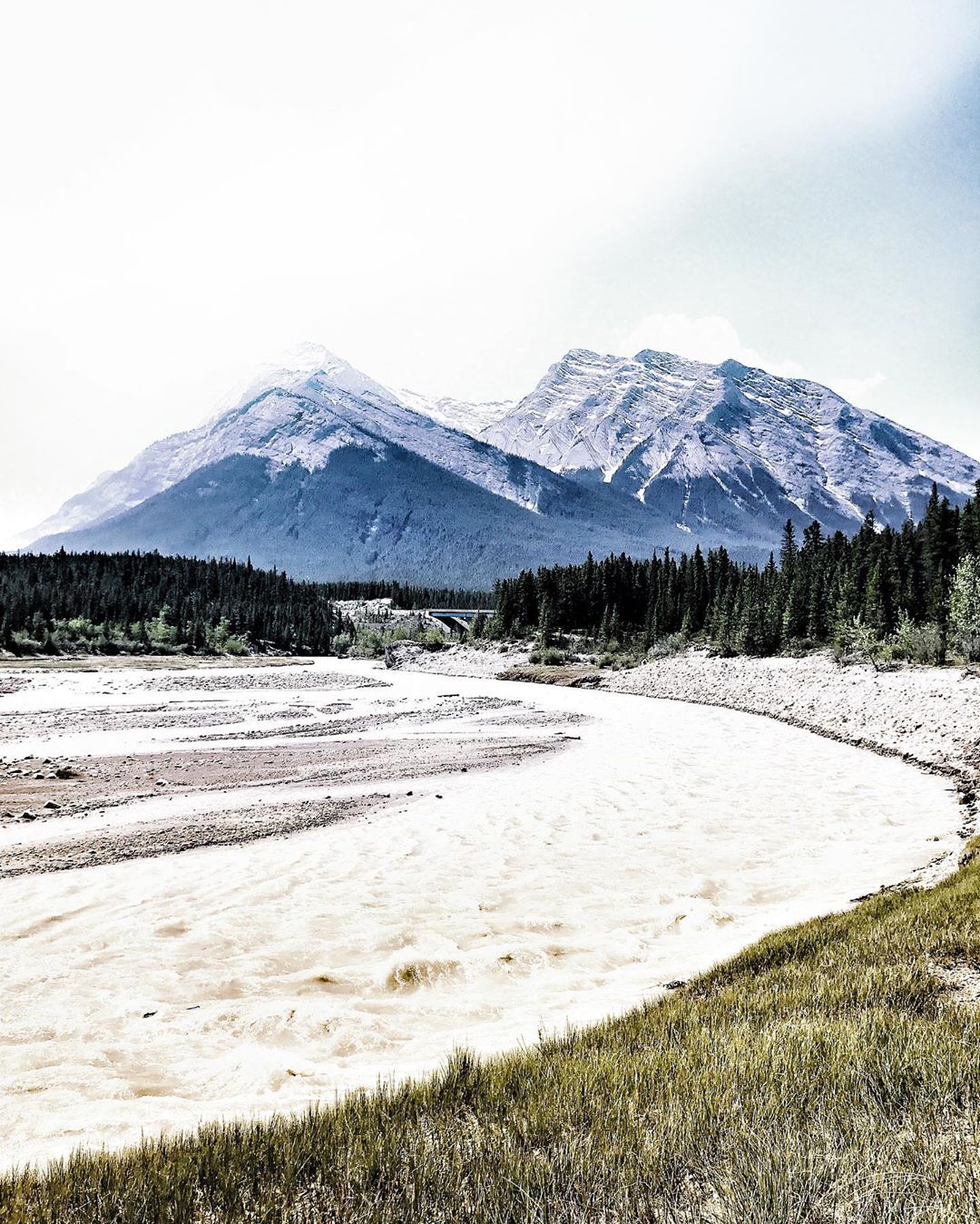
Canoeing or kayaking to the sites is available as well and is a very in demand option. Just remember that it is not the same with provincial parks that often have different regulations on camping.
Residents of Ontario can camp for free for as much as 21 days. Non-residents have to pay about 10 dollars per night, per person, something that you can consider as low cost camping.
A good alternative is renting equipment from a local that has permit to conduct business in the country.
National Grasslands
These national grasslands are the same with national forests although these are generally much smaller. Obviously, these areas are not heavily wooded. Such lands are under protection for public use so you can camp here for free.
Some of the states that have national grasslands include North Dakota, South Dakota, Texas, Wyoming, New Mexico, Oklahoma, Kansas, Nebraska, California, Idaho, and Colorado.
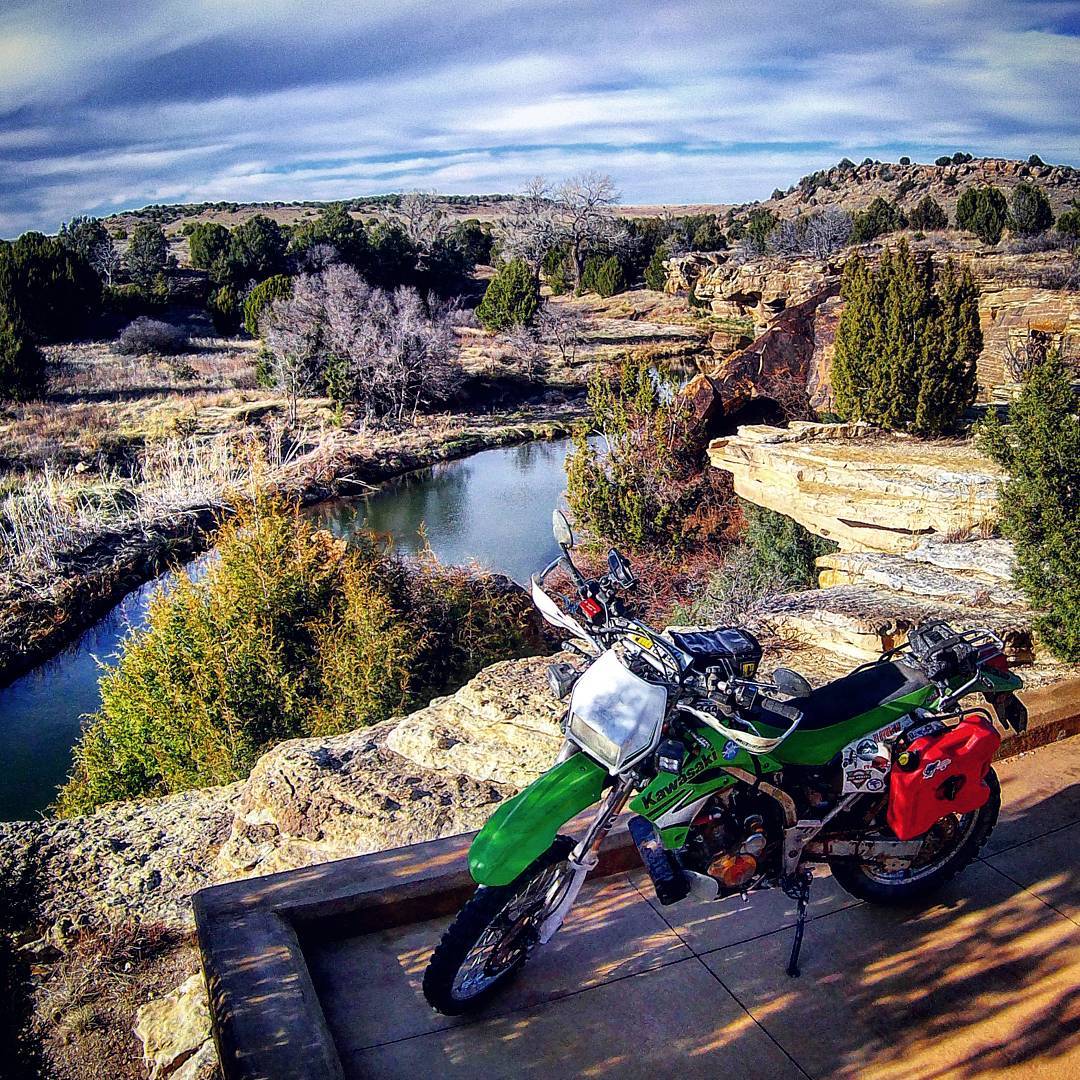
Parking Lot Facilities
While most of us think of camping as something you do exclusively in nature, the truth of the matter is that there are a lot of people all over the US that are getting into “urban camping”.
Sometimes you just need a free camping spot in Texas to hold over for a night, other times you’re bouncing from one city to another and need a bit of free camping in Florida in cities like Tampa, Miami, or Orlando.
Free camping in Wisconsin (especially throughout the Green Bay community) is a mixture of urban and rural camping opportunities, with parking lots all over these cities usually giving you an opportunity to stay for a night or two without a lot of headache and without a lot of hassle.
Walmart in particular has a very friendly “overnighter” kind of policy that offers a lot of free camping – as well as anywhere else a Walmart can be found.
Obviously, store to store policies are going to be a bit unique (and it’s never a bad idea to pop inside and speak to the general manager if you’re going to stay in the parking lot). Before the most part Walmart isn’t going to hassle you if you are parked in their parking lot overnight.
Now, there are a couple of things you want to do to really minimize the amount of headache you might get with these kinds of free camping in Wisconsin spots.
For starters, it’s ALWAYS a good idea to park your vehicle (or set up your tent) as far away as humanly possible from parking spots that paying customers are going to want to use.
Walmart parking lots are usually gigantic, with plenty of space for you to set up a free camping spot tucked away on the side of the store or as far away from the entrance as you can get. The closer you are to spots that customers would use the more issues you are going to have.
Secondly, when you’re looking at these kinds of free camping spots in parking lots you want to make sure that you are only staying for a night or two at most – especially if you haven’t popped into the store and spoke to the general manager as highlighted above.
Most of these places (stores like Walmart, Target, major grocery stores, etc.) aren’t going to care if you’re staying for a night or two. But if you’re starting to set up shop on a more permanent basis, sticking around in these free camping spaces, the odds are a little higher that you’re going to get hassled out of there – or maybe even have the police called on you.
Lastly, it’s never a bad idea to try and keep your camping in these free camping spots as under the radar as possible. You don’t necessarily want to advertise in these urban areas that you are sleeping in your vehicle or in your tent just for the security risk that can pose to you and your loved ones.
Stealth camping is super popular in these urban areas and is an approach you’re going to want to try if you’re going to be checking out parking lot spots.
Finally, it’s never a bad idea to rotate your parking lot camping every now and again. Stay a night or two in the Walmart parking lot before moving your base of operations to the Target parking lot for another couple of nights before moving down to a grocery store parking lot – rinsing and repeating as necessary.
Don’t burrow in like a tick and you’ll find that you are able to take advantage of these free camping Florida spots without a lot of issue whatsoever.




